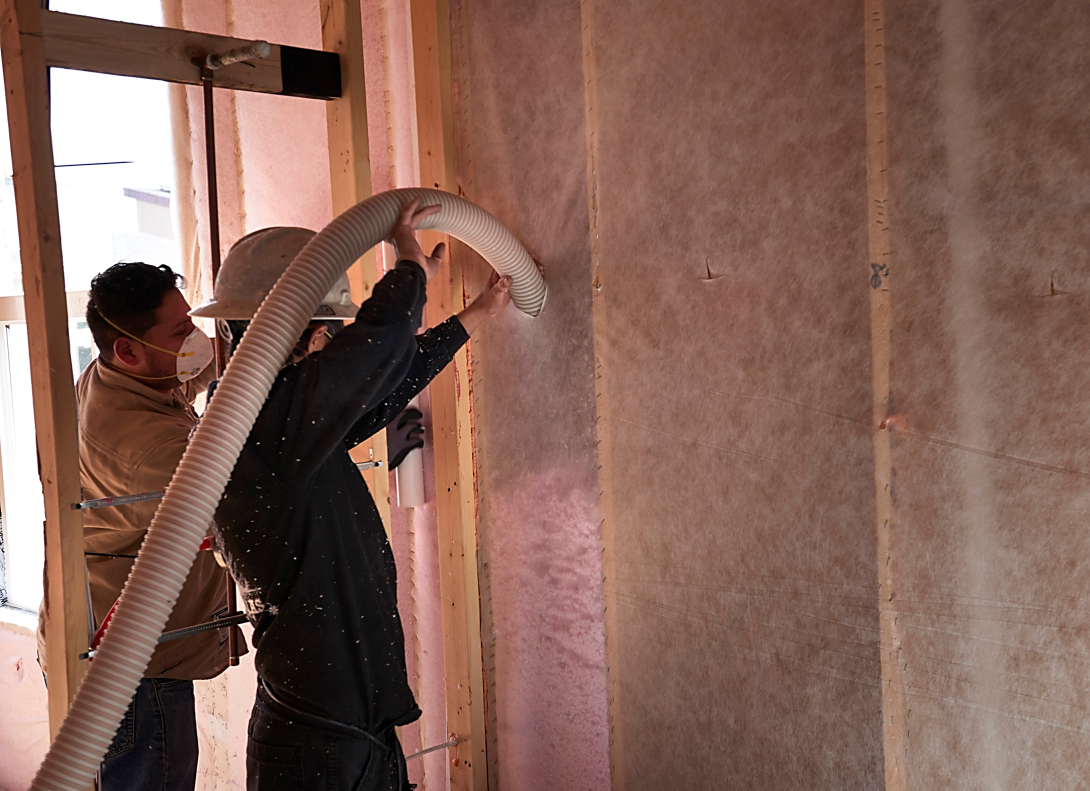
Insulation
Types of Insulation
There are several different materials used for insulation, and several insulation types. Each material has its pros and cons and each type is tailored for a specific application and construction method. Each insulation product is rated by its R-value, or resistance to heat transfer.
Creating a complete thermal envelope is the best way to prevent unwanted heat transfer in a home. This is accomplished during construction by a combination of insulation and air sealing in floors, foundations, walls, and ceilings. Insulation types are selected based on location and R-values required by code and/or the energy goals of your project. The sustainability and environmental footprint of the material may also come into play.
Insulating materials include fiberglass, mineral wool, cellulose, and foam. Some structural building materials, including insulated concrete forms (ICFs) and structural insulated panels (SIPS), incorporate insulation into the building units. Foundations often utilize rigid foam or mineral wool insulation. Walls can be insulated using batts, blown-in fiberglass or cellulose, spray foam, or SIPs. Ceilings and roofs can be insulated using batts, blown-in fiberglass or cellulose, spray foam, rigid foam, or SIPs.